The bin Laden document dump: 7 highlights
The world's most notorious terrorist was obsessed with the al Qaeda brand, killing President Obama, the Arab Spring — and Fox News

The U.S. Army has released a trove of letters and documents captured in the raid that killed Osama bin Laden at his safe house in Abbottabad, Pakistan, a year ago. The documents — numbering roughly 200 pages and dating from September 2006 to April 2011 — offer a revealing glimpse into the terrorist mastermind's worldview, his plans for al Qaeda, and his reactions to pivotal developments in the Arab world. Here, seven highlights from the cache:
1. He wanted to kill Obama and Petraeus
Bin Laden exhorted his followers to take out airplanes carrying President Obama and General David Petraeus on their visits to the region. He said Obama was the "head of infidelity," while Petraeus was "the man of the hour" in the U.S.'s fight against insurgents in Afghanistan. Bin Laden said Obama's death would make Vice President Joe Biden president, a boon to al Qaeda's cause because Biden was "totally unprepared for that post."
The Week
Escape your echo chamber. Get the facts behind the news, plus analysis from multiple perspectives.

Sign up for The Week's Free Newsletters
From our morning news briefing to a weekly Good News Newsletter, get the best of The Week delivered directly to your inbox.
From our morning news briefing to a weekly Good News Newsletter, get the best of The Week delivered directly to your inbox.
2. He had little control over al Qaeda affiliates
Bin Laden was wary of al Qaeda affiliates in Iraq, Yemen, Somalia, and elsewhere, and was frustrated that he had little control over their terrorist attacks, saying they killed civilians and thus hurt al Qaeda's image in the Muslim world. He frequently referred to the example of al Qaeda in Iraq, whose public support fell after it targeted Iraqi civilians.
3. He wanted to change al Qaeda's name
Concerned that al Qaeda's brand as a defender of Muslims had been tarnished, bin Laden and his associates brainstormed new names that would tie the group more closely to Islam. The names included Monotheism and Jihad Group, Muslim Unity Group, Islamic Nation Unification Party, and Al Asqa Liberation Group.
A free daily email with the biggest news stories of the day – and the best features from TheWeek.com
4. He supported the Arab Spring protests
Bin Laden was an avid supporter of the pro-democracy protests that swept across North Africa and the Middle East. He said it was a "tremendous event," and wanted al Qaeda to urge people to "rebel against the rulers." He also hoped to steer the protesters toward Islamic rule, and away from "half solutions" like secular democracies.
5. The terror group had a tense relationship with Iran
Bin Laden's al Qaeda, a Sunni group, bickered with Iran's Shiite regime over the fate of al Qaeda members who escaped to Iran after the U.S. invaded Afghanistan in 2001. Iran put al Qaeda operatives, as well as members of bin Laden's family, under house arrest, where some remain to this day. An al Qaeda negotiator describes the Iranians as "criminals" and stubborn negotiators.
6. Bin Laden made little mention of Pakistan
The documents do not contain any overt references to the Pakistani government or its military, shedding no new light on whether Pakistan knew that bin Laden was hiding in the country. However, plenty of documents from the Abbottabad safe house remain classified, and analysts say any Pakistan-related material is probably far too sensitive to see the light of day.
7. The terrorist wasn't a Fox News fan
Bin Laden apparently watched American news channels with some enthusiasm, and while he said "no single channel" was quite to his taste, he deplored Fox News for lacking "neutrality." One al Qaeda associate wrote that the group should send videos of bin Laden's speeches to all the major U.S. networks, except Fox News. "Let her die in anger," the associate said. Bin Laden did concede that ABC was "all right."
Sources: Associated Press, CNN, The Guardian, The New York Times, USA Today
-
 Political cartoons for December 12
Political cartoons for December 12Cartoons Friday's political cartoons include presidential piracy, emissions capping, and the Argentina bailout
-
 The Week Unwrapped: what’s scuppering Bulgaria’s Euro dream?
The Week Unwrapped: what’s scuppering Bulgaria’s Euro dream?Podcast Plus has Syria changed, a year on from its revolution? And why are humans (mostly) monogamous?
-
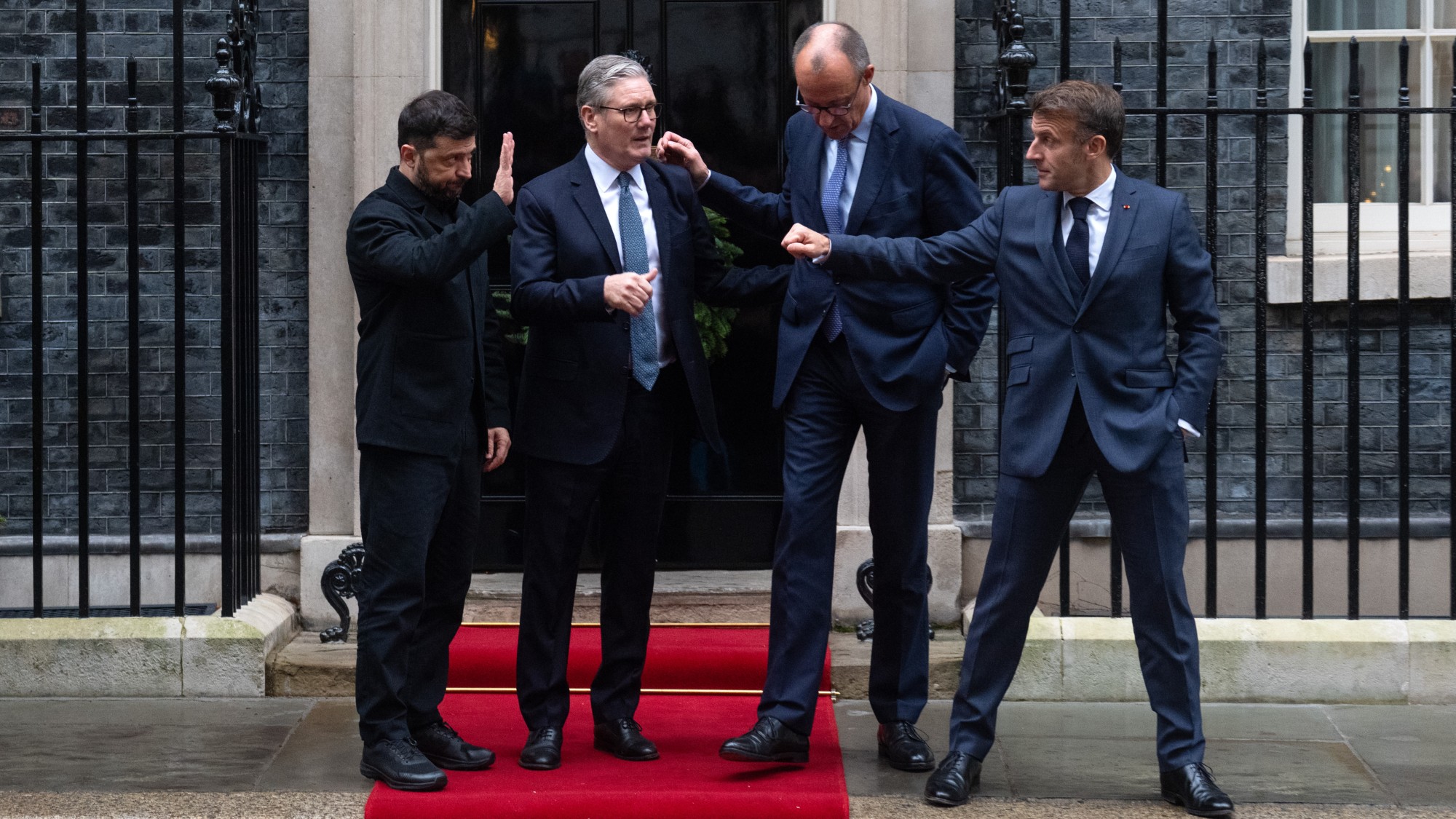 Will there be peace before Christmas in Ukraine?
Will there be peace before Christmas in Ukraine?Today's Big Question Discussions over the weekend could see a unified set of proposals from EU, UK and US to present to Moscow
-
 Has Zohran Mamdani shown the Democrats how to win again?
Has Zohran Mamdani shown the Democrats how to win again?Today’s Big Question New York City mayoral election touted as victory for left-wing populists but moderate centrist wins elsewhere present more complex path for Democratic Party
-
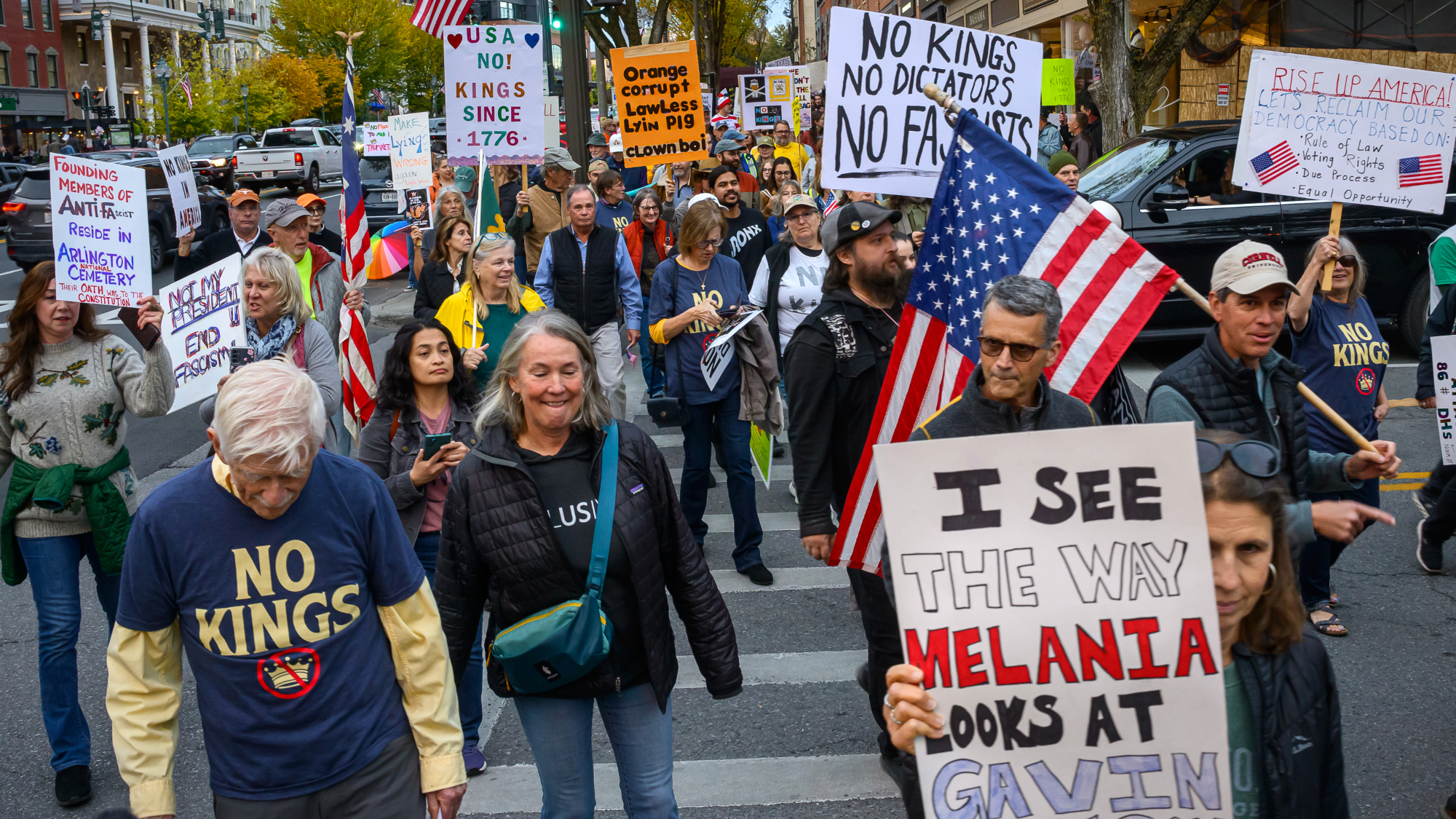 Millions turn out for anti-Trump ‘No Kings’ rallies
Millions turn out for anti-Trump ‘No Kings’ ralliesSpeed Read An estimated 7 million people participated, 2 million more than at the first ‘No Kings’ protest in June
-
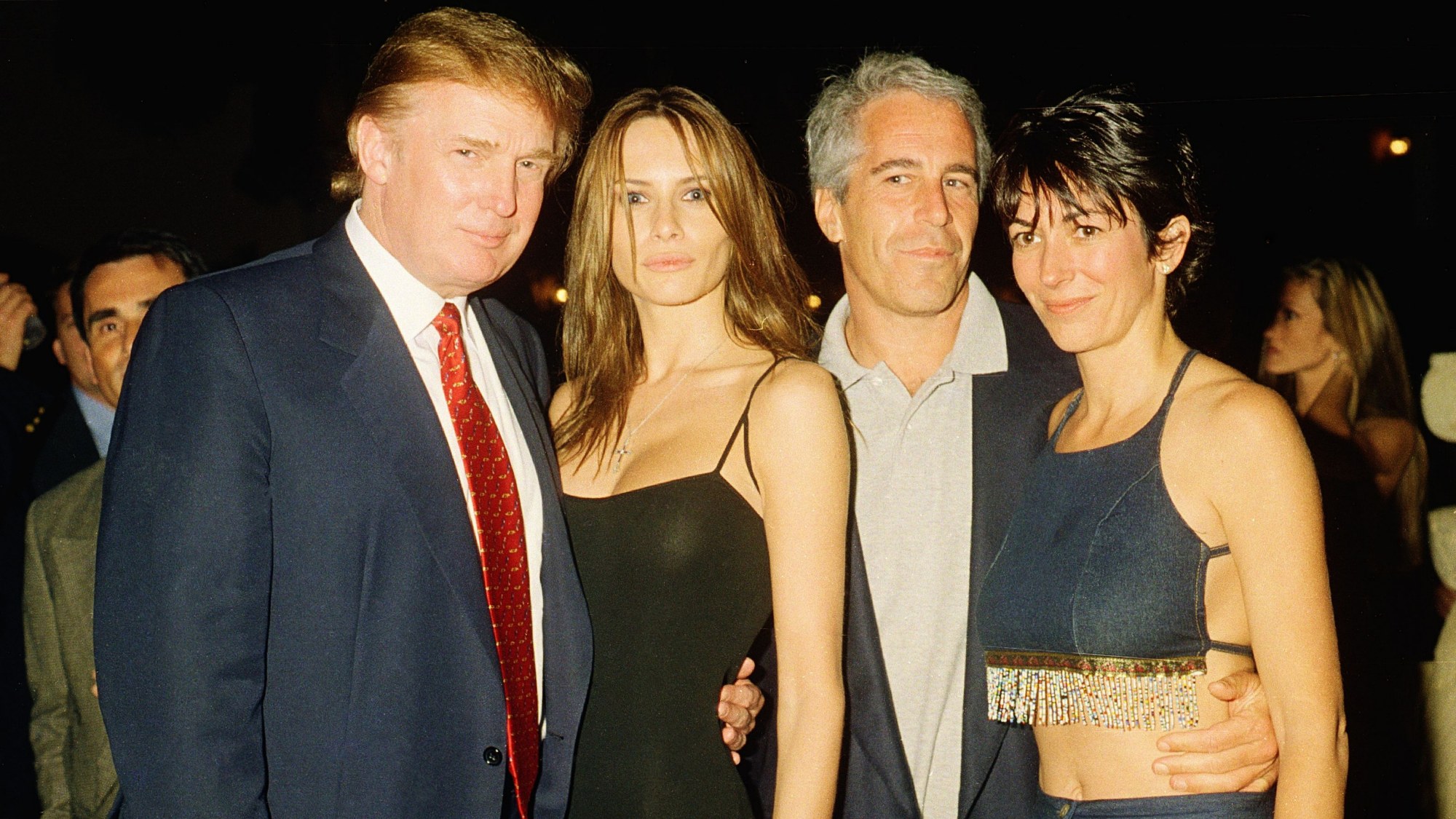 Ghislaine Maxwell: angling for a Trump pardon
Ghislaine Maxwell: angling for a Trump pardonTalking Point Convicted sex trafficker's testimony could shed new light on president's links to Jeffrey Epstein
-
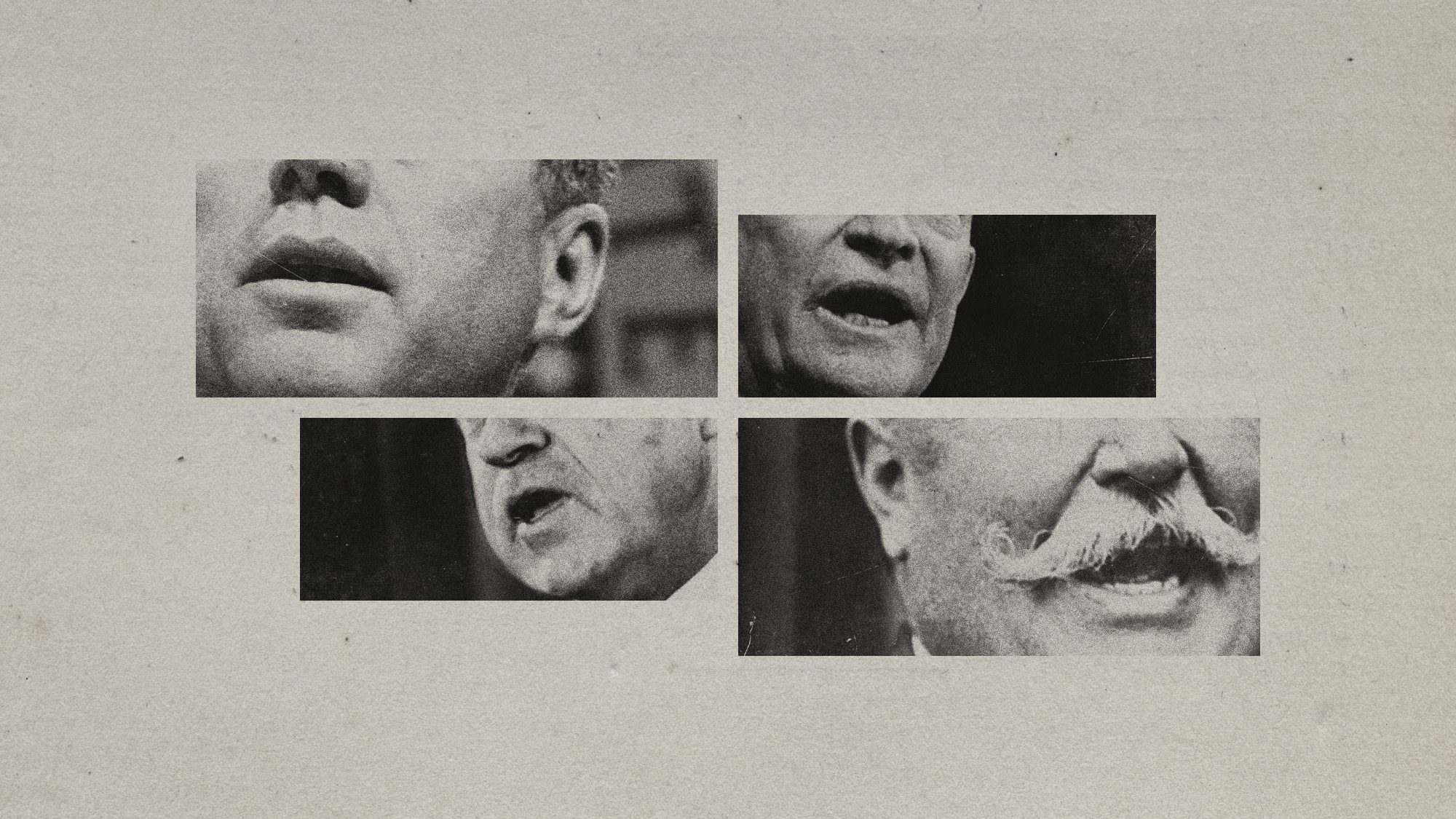 The last words and final moments of 40 presidents
The last words and final moments of 40 presidentsThe Explainer Some are eloquent quotes worthy of the holders of the highest office in the nation, and others... aren't
-
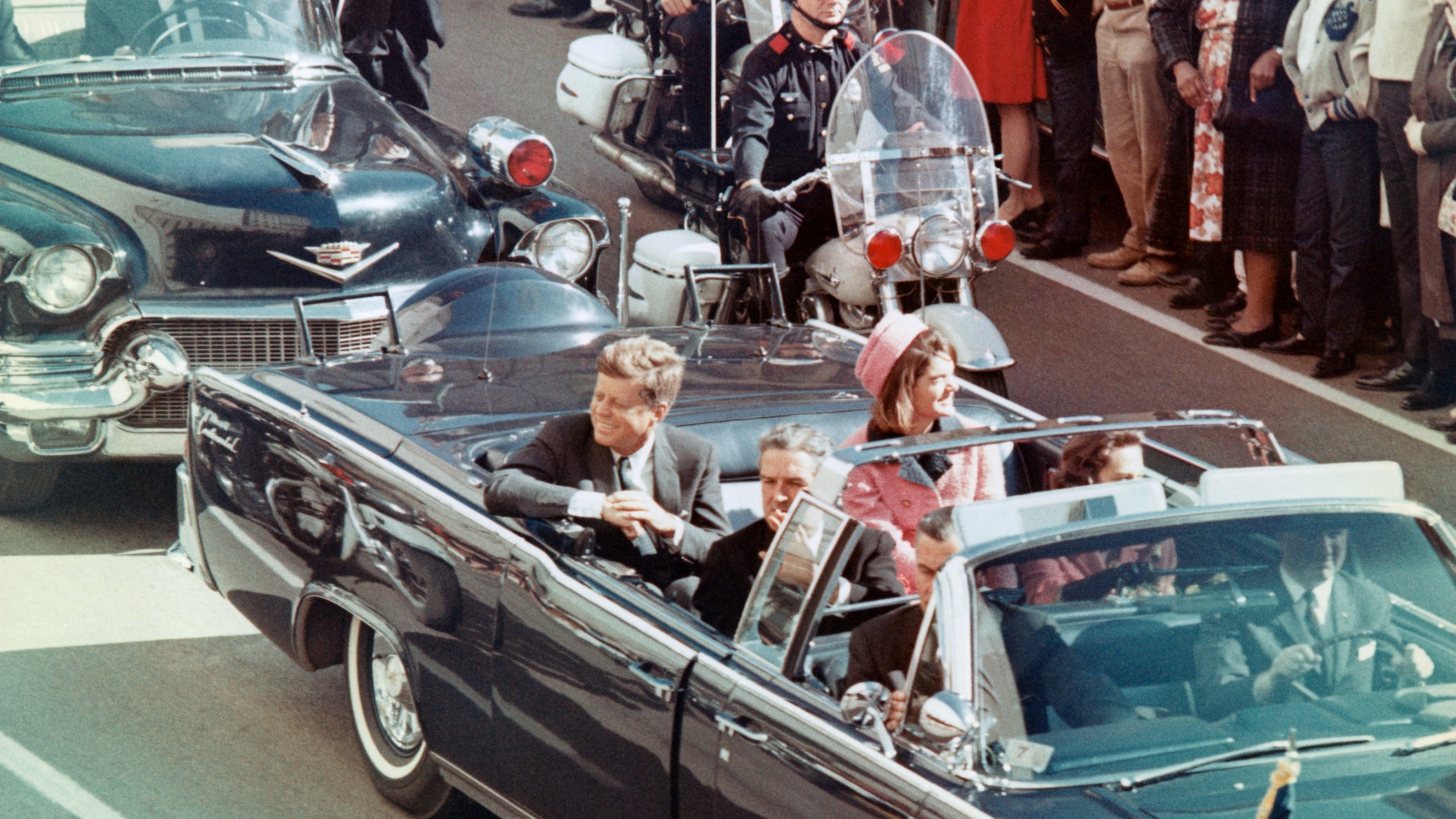 The JFK files: the truth at last?
The JFK files: the truth at last?In The Spotlight More than 64,000 previously classified documents relating the 1963 assassination of John F. Kennedy have been released by the Trump administration
-
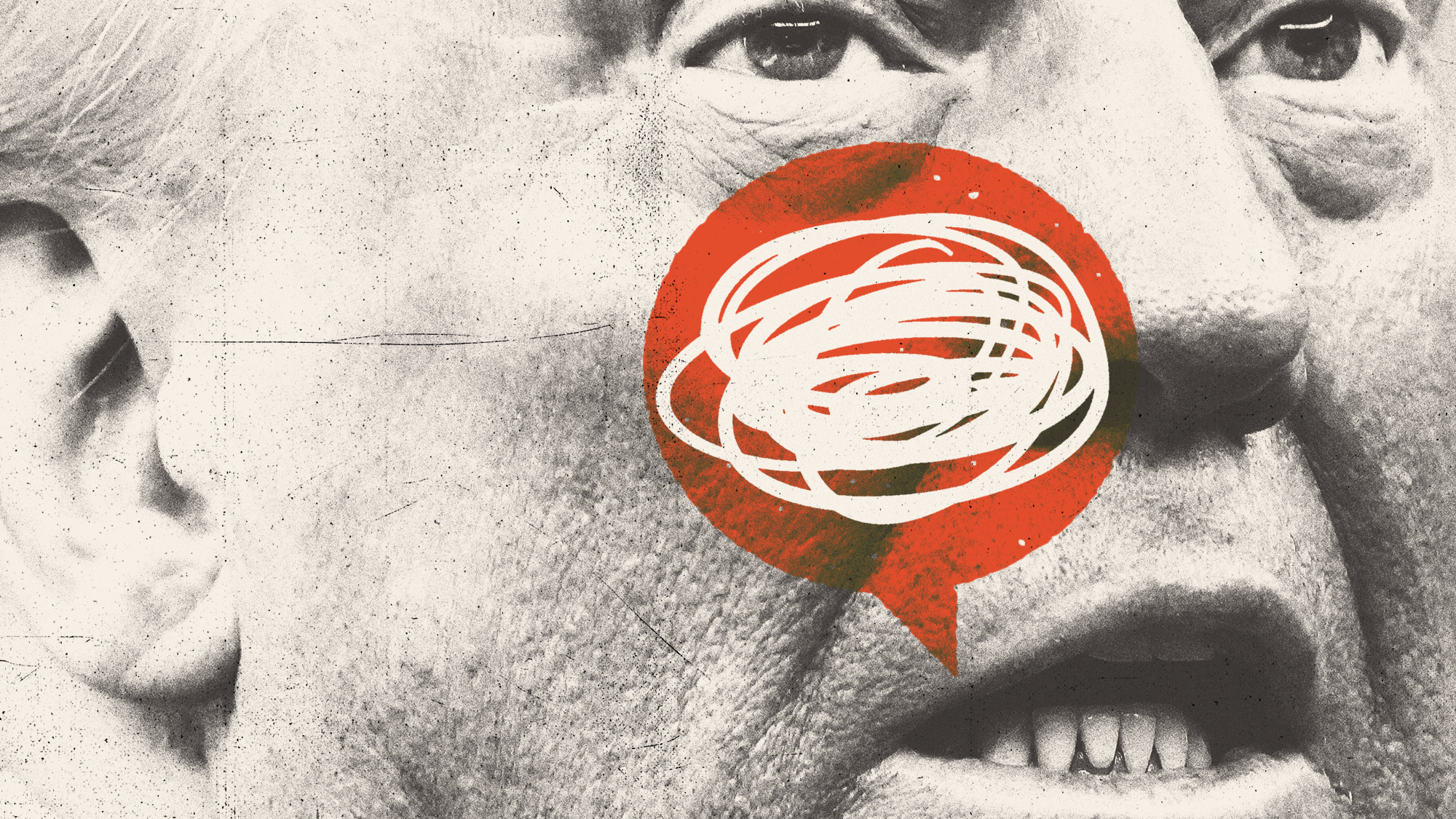 'Seriously, not literally': how should the world take Donald Trump?
'Seriously, not literally': how should the world take Donald Trump?Today's big question White House rhetoric and reality look likely to become increasingly blurred
-
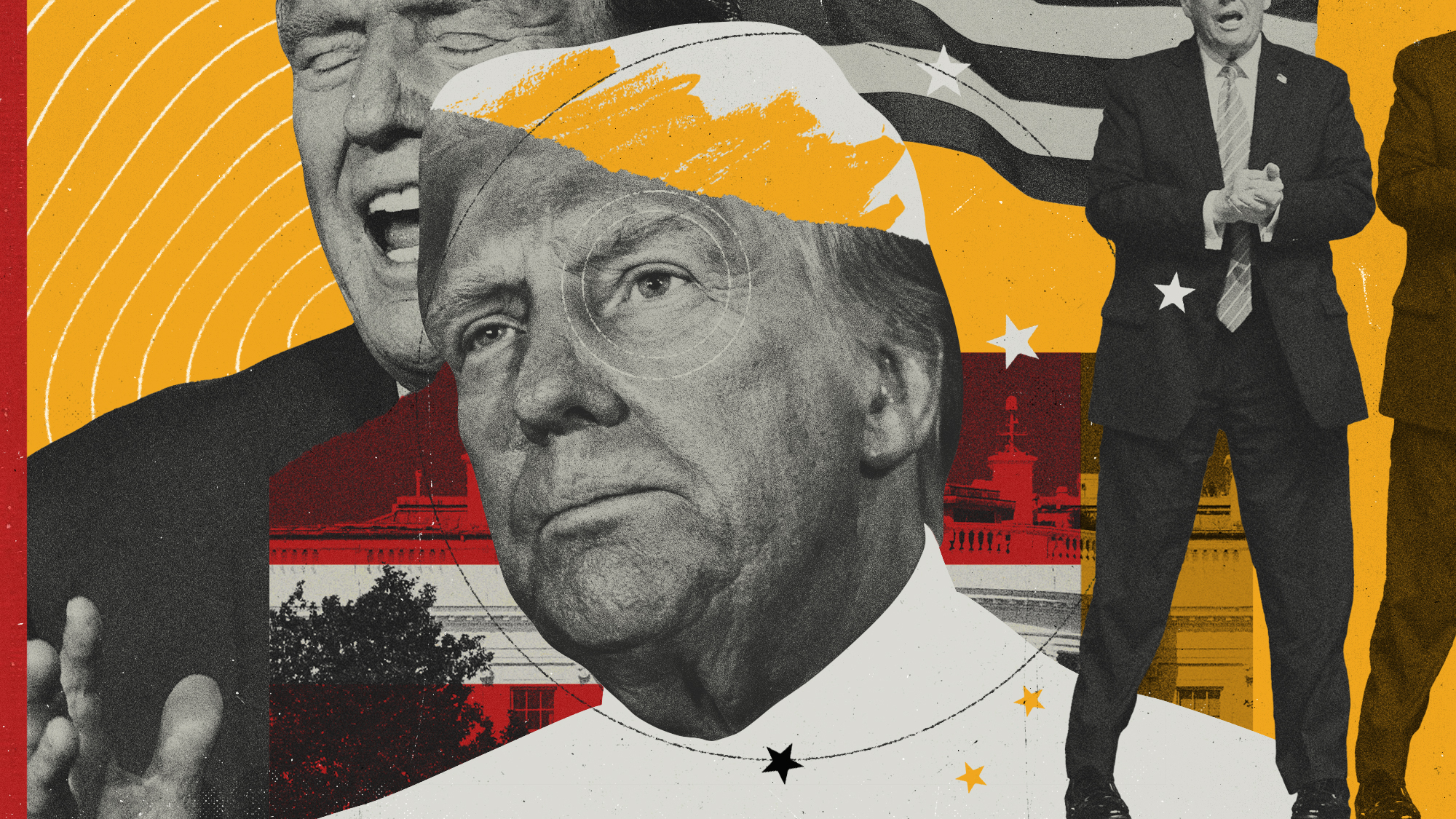 Will Trump's 'madman' strategy pay off?
Will Trump's 'madman' strategy pay off?Today's Big Question Incoming US president likes to seem unpredictable but, this time round, world leaders could be wise to his playbook
-
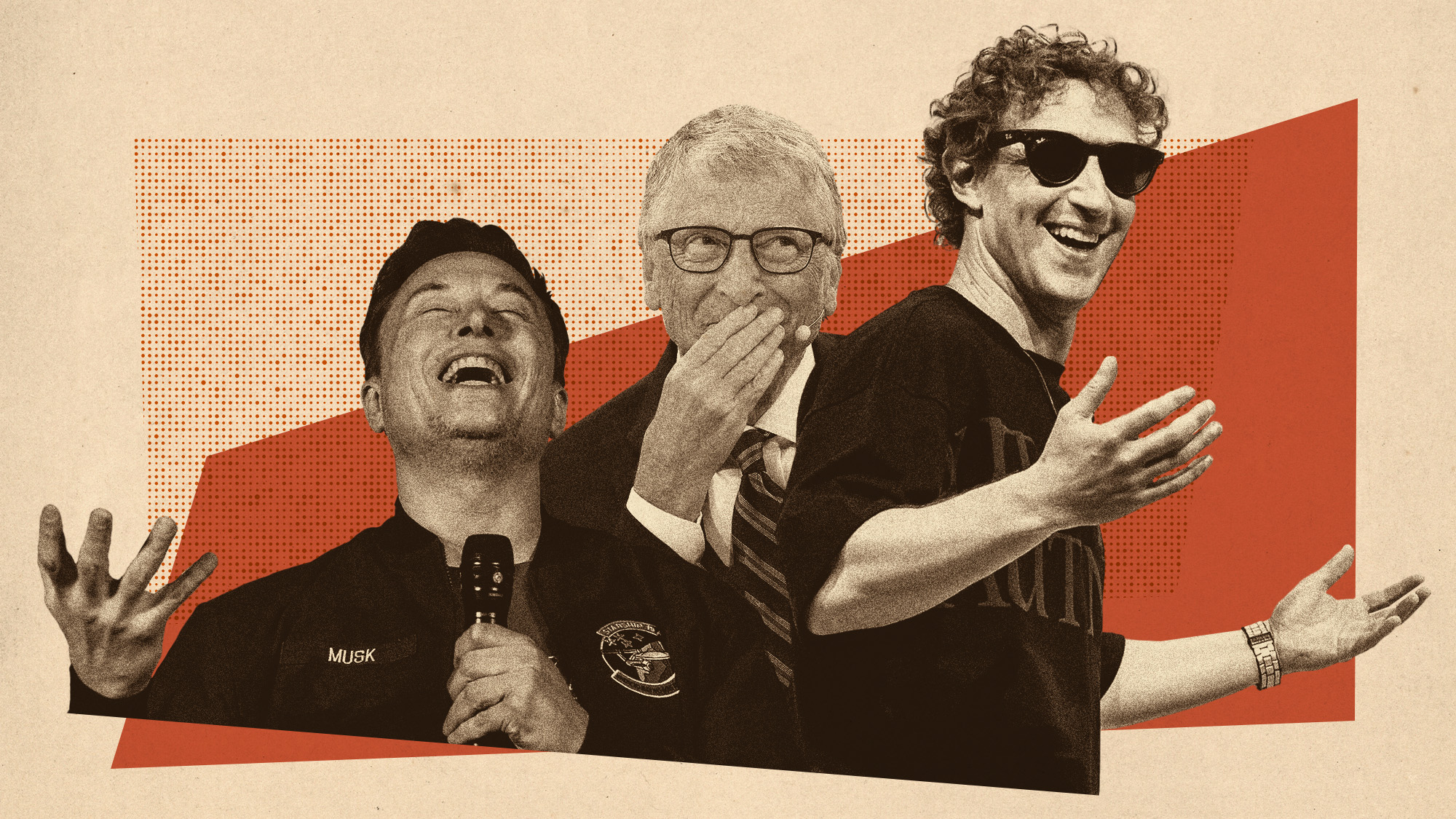 Democrats vs. Republicans: who are US billionaires backing?
Democrats vs. Republicans: who are US billionaires backing?The Explainer Younger tech titans join 'boys' club throwing money and support' behind President Trump, while older plutocrats quietly rebuke new administration